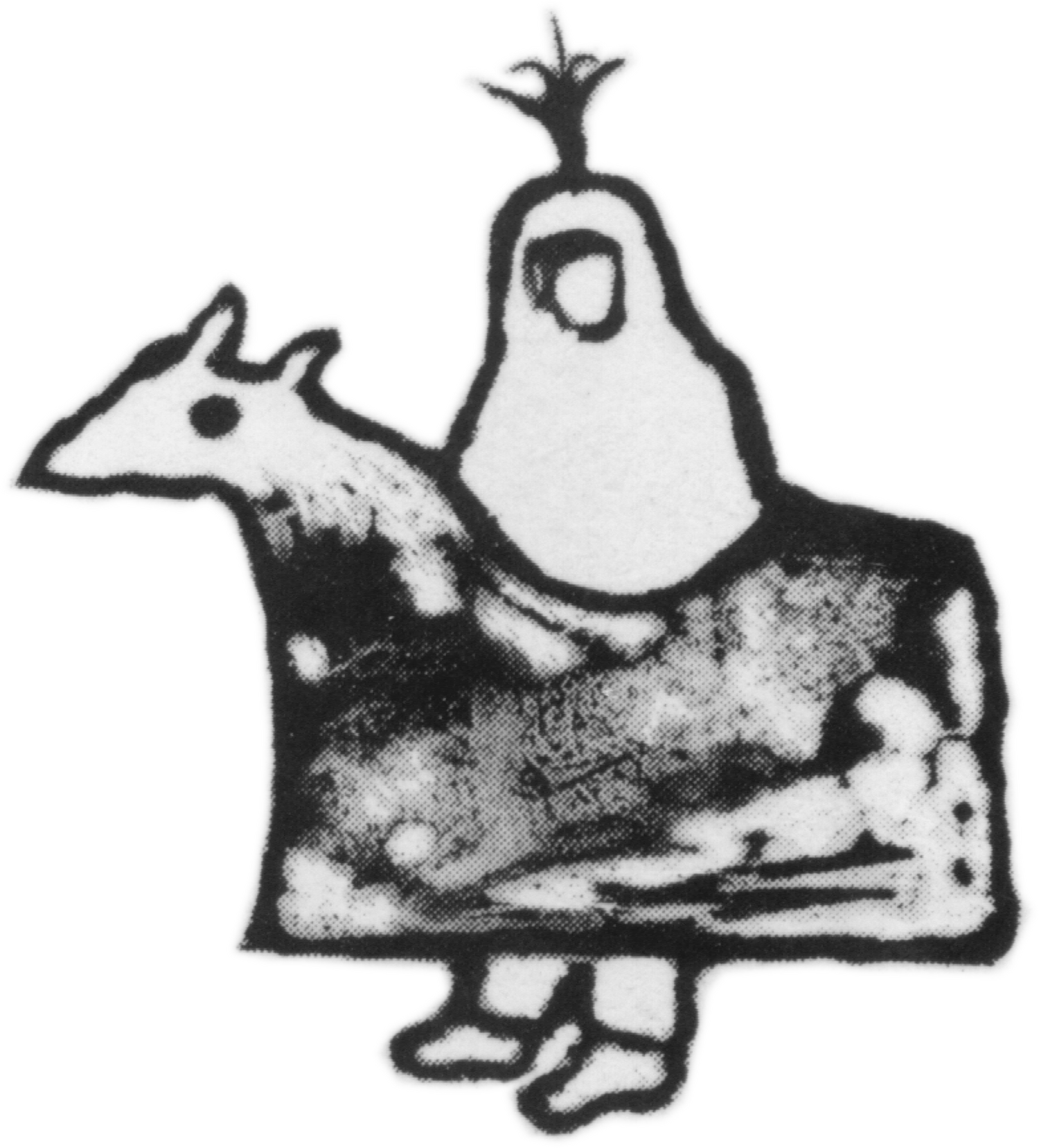Collecting the American West: the Rise and Fall of William Blackmore, by Anthony Hamber
William Blackmore (1827-1878) remain a little known millionaire mid-Victorian polymath. He was a successful lawyer based in Liverpool and an international financier involved in numerous American enterprises. He established an important ethnographic museum in his home town of Salisbury; commissioned an influential set of watercolours of the Yellowstone region by the noted American painter Thomas Moran (1837-1926); and his photographic collection documenting North American ‘Indians’ was copied to form the basis of the holdings of the Smithsonian Institution in Washington, D.C. Yet Blackmore’s legacy was to be comparatively limited. He went bankrupt and committed suicide in 1878, and his papers and other materials lay apparently unused for almost half a century. This is the first biography to cover the wide gamut of Blackmore’s professional and private interests and the significance and impact of his wide ranging achievements. December 2010, 229 x 152mm, 310 pages (approx.), illustrated paperback, £14.95, ISBN 978-1-906978-10-5
William Blackmore (1827-1878) remain a little known millionaire mid-Victorian polymath. He was a successful lawyer based in Liverpool and an international financier involved in numerous American enterprises. He established an important ethnographic museum in his home town of Salisbury; commissioned an influential set of watercolours of the Yellowstone region by the noted American painter Thomas Moran (1837-1926); and his photographic collection documenting North American ‘Indians’ was copied to form the basis of the holdings of the Smithsonian Institution in Washington, D.C. Yet Blackmore’s legacy was to be comparatively limited. He went bankrupt and committed suicide in 1878, and his papers and other materials lay apparently unused for almost half a century. This is the first biography to cover the wide gamut of Blackmore’s professional and private interests and the significance and impact of his wide ranging achievements. December 2010, 229 x 152mm, 310 pages (approx.), illustrated paperback, £14.95, ISBN 978-1-906978-10-5
William Blackmore (1827-1878) remain a little known millionaire mid-Victorian polymath. He was a successful lawyer based in Liverpool and an international financier involved in numerous American enterprises. He established an important ethnographic museum in his home town of Salisbury; commissioned an influential set of watercolours of the Yellowstone region by the noted American painter Thomas Moran (1837-1926); and his photographic collection documenting North American ‘Indians’ was copied to form the basis of the holdings of the Smithsonian Institution in Washington, D.C. Yet Blackmore’s legacy was to be comparatively limited. He went bankrupt and committed suicide in 1878, and his papers and other materials lay apparently unused for almost half a century. This is the first biography to cover the wide gamut of Blackmore’s professional and private interests and the significance and impact of his wide ranging achievements. December 2010, 229 x 152mm, 310 pages (approx.), illustrated paperback, £14.95, ISBN 978-1-906978-10-5

